Buy or gift a stand-alone digital subscription and get unlimited access to dozens of back issues for just £18.99 / $18.99 a year.
Please register at www.exacteditions.com/digital/cornucopia with your subscriber account number or contact subscriptions@cornucopia.net
Buy a digital subscription Go to the Digital EditionIn 1928 David Talbot Rice, gentleman and scholar, and his new bride Tamara set off from Oxford to excavate the Great Palace of Byzantium. Tamara, an author of books on Seljuks and Scythians, talked to Anthony Bryer for this profile of the couple and their life together
The eyes have it. Tamara Talbot Rice’s eyes are blue: they dart around with amusement until you get caught in their beam. In the loom of Tamara’s eyes, the Legend of the Spontaneous Combustion of the Sicilian Vespa becomes quite credible. Everyone who knows her has been told this by someone who got it from a reliable eyewitness. Tamara is sitting on a balcony in Sicily, overlooking a sun-baked square as clean as a painting by Chirico – but marred by a parked Vespa. She takes exception to the unsightly scooter. With one flash of her blue eyes, it bursts into flames. Tamara does not deny the story.
Then there is the voice. After so many years Tamara’s speech remains not just exotic but somehow prelapsarian: the authentic sound of a wiser past. It invests her everyday tips – such as how to run a farm in Cheltenham, or where best to pick up obsidian chips outside Yerevan – with authority. It adds mystery to Tamara’s tales of old Stamboul, until (for she has an unerring sense of the mundane) she brings you to earth when you least expect it – much as the kites which she claims her inept children could never learn to fly like proper Turkish children.
Who is Tamara? Her Nansen passport reveals only that she was born in St Petersburg in 1904. For readers of Nabakov, there were schools in the Nevsky Prospect and in Moscow, holidays in Paris and Crimea – all that sort of thing. But somehow things only get into focus on Tamara’s arrival at St Hugh’s College, Oxford in 1921. Then the focus becomes sharp, very sharp: Tamara walking through Christ Church Meadows accompanied by Ghost (an Alsatian puppy dog) and Mr Evelyn Waugh (an author). Tamara hunts out proof copies of Brideshead Revisited and other novels, self-mockingly inscribed to her by Evelyn. Was it a shared detachment of wit which made them close friends? This was 1920s Oxford: Harold Acton, soft-boiled quails eggs after High Mass – all that sort of thing.
A familar sight was the figure of David Talbot Rice in an elderly Ford. His friend, the traveller and writer Robert Byron, with whom he visited Mount Athos in 1927, gives a description of David in his book about the visit, The Station:
‘…one of life’s familiar pillars from the days of battle at public school: smoking in the bathing place, drinking beer among the aspidistras of the adjacent pub, bawling at small boys in boats through a megaphone; rearranging a rather jejune collection of Egyptian figurines in a corner cupboard; and later at Oxford: studious and anthropological, buried in books, or snorting through the town in a motor that looked as if it had been made to transport a Boer family up country; sober always, even in insobriety; now on the threshold of archaeological distinction, unearthing clay fragments at Kish and Constaninople; or at home flying the walls of the Heythrop country like a sedate heron; cenotaph of competence, monolith of equanimity.’
By 1927 too, Stanley Casson, reader in Classical Archaeology at Oxford, undertook the first British excavations in Istanbul – at the Hippodrome and the Golden Gate. Recognising those qualies in David Talbot Rice which Byron describes, he chose him as field director for the 1928 season…
Shrines and sanctuaries. A ramshackle backwater of the city, the Golden Horn offers an unglamorous first impression. But its mysterious back streets, pretty churches and mosques, sacred springs and ruined city walls make it fascinating walking country.
To escape the clamour of the city Istanbul heads upstream to its coastal playground - for the leisurely rhythm of waterside villages, the smart summer nightclubs, the forested hinterland and, beyond the forests, the golden sands of the Black Sea.
Welcome to the smarter side of town. In Nisantasi you can shop till you drop - then dine out where the elite meet to eat. Here you will find haute couture, stylish shoes, opulent jewellery and fabulous furniture - both ancient and modern.
Ideal for an escape from the city life, the four islands are a refuge of tranquillity and calm where the pace of life is governed by the horse.
Marrows have always been a part of Mediterranean cooking, since long before potatoes and tomatoes, which only entered the European diet after the discovery of the New World.
More cookery features
The European quarter. Home for centuries to diplomats, whores and clerics, Beyoglu was the elegant centre of the old cosmopolitan Istanbul. Today it thrives as Turkey’s answer to Soho - arty, tarty and smart by turns, and the place for a wild night out.
Bazaars and grand mosques. The grandeur of the city’s oldest quarter has a grainier side. Behind the Topkapi Palace and Ayasofya, the bazaars and the teeming streets that lead to them contain all manner of things to buy and restaurants to feast in.
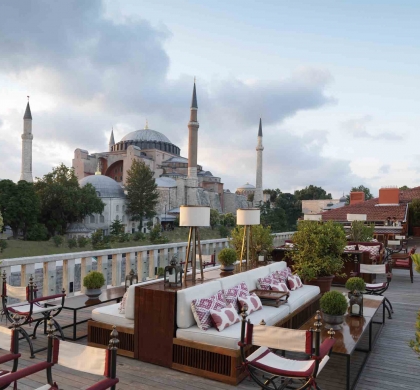
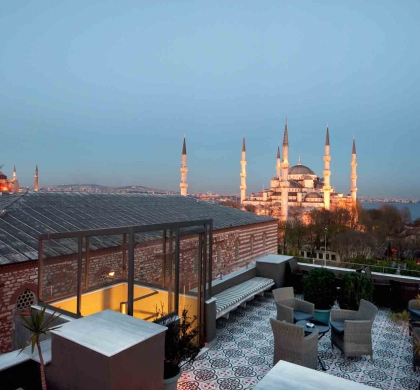
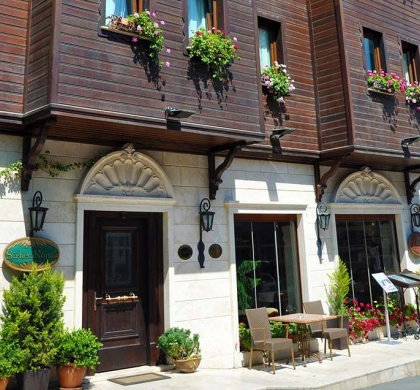
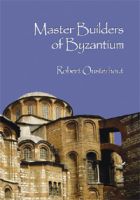
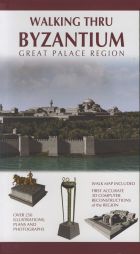


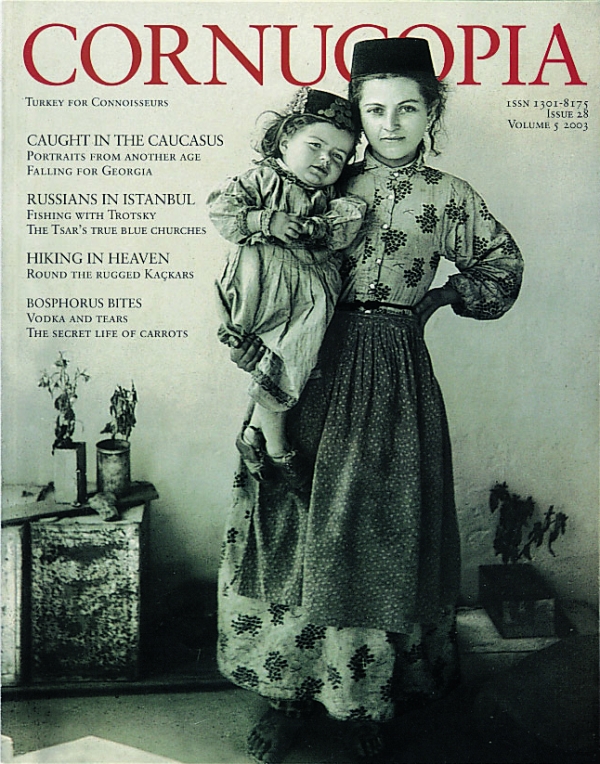

Cornucopia works in partnership with the digital publishing platform Exact Editions to offer individual and institutional subscribers unlimited access to a searchable archive of fascinating back issues and every newly published issue. The digital edition of Cornucopia is available cross-platform on web, iOS and Android and offers a comprehensive search function, allowing the title’s cultural content to be delved into at the touch of a button.
Digital Subscription: £18.99 / $18.99 (1 year)
Subscribe now